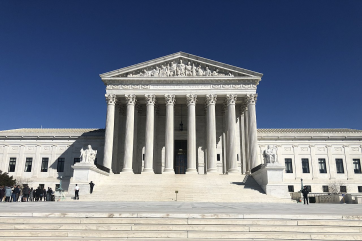School-To-Prison Pipeline: Schools Call Cops, Not Doctors On Black Students
By Staff ReporterNew research suggests that school policies are over discipling and criminalizing children in predominantly black schools.
Researchers at Penn State University found that poor schools with a high population of black students tend to punish students for minor infractions, such as talking back or disrupting a classroom, rather than seek medical or psychological interventions for them.
"White kids tend to get viewed as having ADHD, or having some sort of behavioral problem, while black kids are viewed as being unruly and unwilling to learn," David Ramey, assistant professor of sociology and criminology, said about students of color being over disciplined.
For the study, Ramey collected and analyzed data from 60,000 schools in more than 6,000 school districts.
They found that schools and school districts with a greater percentage of black student population had significantly higher rates of expulsions and suspensions, as well as higher rates of referrals to law enforcement and arrests.
"There's been a real push toward school safety and there's been a real push for schools to show they are being accountable," Ramey said. "But, any zero-tolerance policy or mandatory top-down solutions might be undermining what would be otherwise good efforts at discipline, and not establishing an environment based around all the options available."
Parental reaction to the increased media attention on school shootings and violence at inner city schools in the late 20th century is one reason that school officials adopted zero-tolerance policies, such as immediate suspensions and expulsions.
"In the late '90s crime declined massively, but, media coverage of crime did increase in scope," Ramey explained. "We started seeing reports of school shootings and terrorism and that created a push to create the perception of safe schools, which included police in the schools and metal detectors at the doorway."
The way schools in are governed may influence whether students are punished or referred to medical help.
"Schools in high disadvantaged districts tend to be centralized, so all the schools in that district tend to develop the same practices," Ramey said. "Schools that are in less disadvantaged districts tend to have more autonomy."
A disadvantaged district is defined as one with low high-school graduation rates, high unemployment, and low median income.
School districts with higher populations of Hispanic students were less likely to seek criminal action against students, but were also less likely to consider medical treatments for behavioral problems.
The findings are detailed in the journal Sociology of Education.








